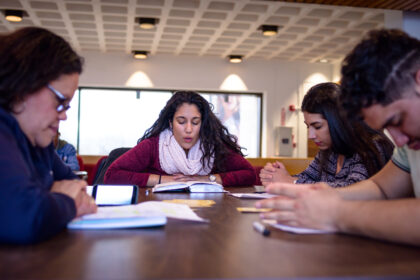Have you ever found yourself thinking that you would pray more and more often if there were guidelines for how to do it? Or maybe you feel a tug to pray for your students, professors, department, college, or university, but where do you start? One of the biggest falsehoods that hinders our prayer life is the belief that we can never be good enough to ask God for anything. We may think that we do not have the right words, that we are asking for the impossible or because our minds wander we fall short of what we … [Read more...] about Praying in the Academy
Faithful Presence and the Road to Emmaus
One of my favorite passages in the Bible is the familiar story of the road to Emmaus from Luke 24:13-33. The passage shows our resurrected Lord coming alongside the disciples who were on their way back to their home after the devastating events of the crucifixion that had just taken place near Jerusalem. Jesus patiently listens as they pour out their anguish and grief. He was visibly present, but there was something more. The disciples could not quite put their finger on it, but there was something authentic and … [Read more...] about Faithful Presence and the Road to Emmaus

